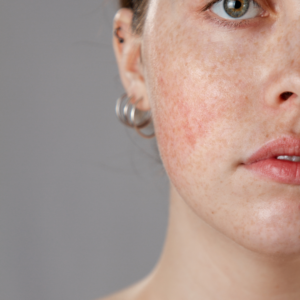
Rosacea Awareness Month: Signs, Symptoms & Treatment Options
Discover a youthful lift without surgery. Learn how our thread lift at Bryn Mawr Dermatology can rejuvenate your appearance.
Did you know that 70.24% of patients that present with skin diseases are children aged 0-5 years? Dermatologists see all kinds of skin conditions in their practices. Some are more common than others, and pediatric dermatology experts see unique issues when working with children. This article will discuss the 10 most common skin conditions in children and how to manage them.
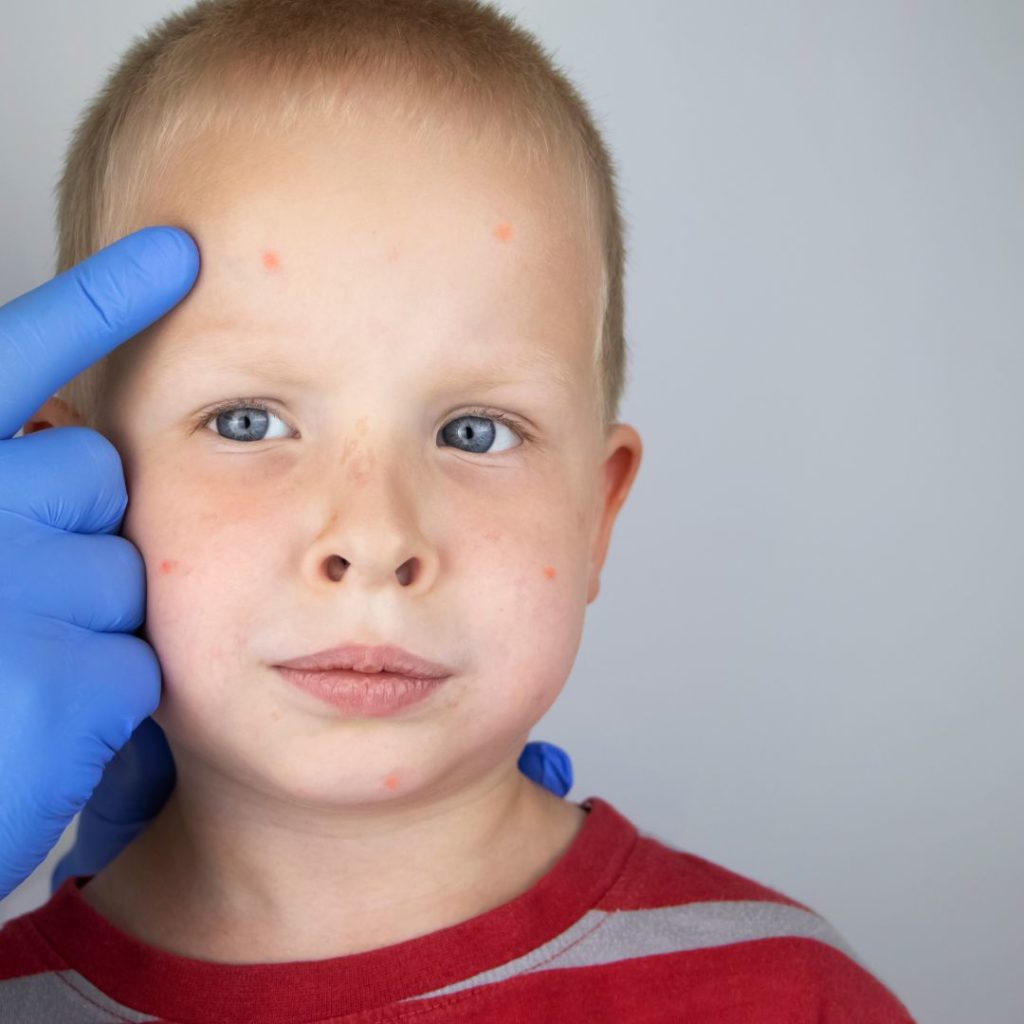
Pediatric dermatology is a subspecialty of dermatology that investigates, prevents, and treats skin conditions that occur in children. According to a study of school-aged children aged 5–14 years, 90.2% had at least one skin disease.
Any parent will tell you that their kids’ skin is different from their own — it’s innately sensitive, susceptible to rashes, irritation, eczema, and inflammation. Due to hormonal fluctuations and growth spurts during ages 8-12, and then puberty around 13-15, a child’s skin struggles with moisture control, and can often be painfully dry or excessively oily. During those teen years, pediatric skin is particularly prone to acne breakouts. Less commonly, but still of note, pediatric skin can be affected by vitiligo (a pigment disorder), irregular moles, and viral, bacterial and fungal infections. Fortunately, most skin problems are minor annoyances that clear up on their own within a few weeks as their bodies regulate.
At Bryn Mawr Dermatology, we routinely diagnose and treat children with these conditions, knowing that it can take a bit of extra patience and poise to put each patient (and thier parents) at ease.
Skin conditions in children vary widely depending on the cause. It’s important to note that not all skin problems result from a skin disorder. Here are some typical symptoms of skin conditions in children:
Skin conditions in children may have various causes. Some of the most common skin conditions in children include rashes, hives, and warts. These may be caused by:
Skin conditions in children can be an ordeal to manage, simply because it is difficult for the patient to express themselves. In this article we discuss 10 common skin conditions that occur in children.
Although people of any age can contract this virus, it is particularly prevalent in children because a child’s immune system is not yet fully developed. Warts are spread through direct contact, from person to person, and are the second most common dermatological complaint in children (right behind acne). The growths usually do not hurt or itch but can be unsightly and continue to enlarge if not treated.
Acne is the most common skin condition in American teens, and has been since the 1940s. Studies suggest that nearly 80% of adolescents have acne at some point. Acne is often triggered by hormones that prompt oil glands in the skin to make more sebum. Although it is often considered more of a nuisance than a medical condition, if acne breakouts are persistent or severe, they can lead to permanent scarring and should not be left untreated.
This condition is caused by a type of virus that commonly infects kids under five years old. It causes painful, red, blister-like lesions to develop on the hands, feet, and/or inside the mouth. In addition to skin symptoms, this illness can be accompanied by fever, sore throat, and loss of appetite. Contact your doctor if symptoms do not resolve within a few days, or pain in the throat deters your child from eating and drinking.
This condition affects an estimated 8 million people in the U.S. and shows up as silvery, scaly patches on elbows and knees, but can also affect the scalp, hands, and other body parts. It is caused by a buildup of excess skin cells that are not sloughed off at a regular rate, and can be itchy and embarrassing. Of all the people that develop psoriasis in their lifetime, 40% of them start having symptoms before they turn 16.
This fungus commonly shows up as scaly patches of discoloration on the chest, back, neck, and hands. Some people may also see patches on their faces and upper arms. Common treatments include topical creams and shampoos.
This virus causes an unpleasant but painless skin rash consisting of small, raised, warty bumps. The lesions are pinkish-white in color with indentations in the center, and typically form on the torso, buttocks, arms, and legs. Although not hazardous to your child’s health the bumps can take months, or even years to resolve if left untreated. A Bryn Mawr Dermatologist can evaluate your concerns and provide a tailored management plan suited to your needs.
Most childhood skin conditions are harmless and are likely to go away on their own. However, there are some skin conditions that warrant a doctor’s visit, preferably an skin expert in pediatric dermatology.
If your child has any of the above conditions, the experts at Bryn Mawr provide individualized treatment to meet the patient’s unique needs and challenges.
Bryn Mawr Dermatology is committed to providing the highest level of patient-focused care, pursuing cutting edge medical technology and procedures. We have Board-Certified dermatologists who have extensive experience treating pediatric patients, and who are all mother’s themselves. We are proud to provide the latest advances in skin care to patients of all ages, resulting in more accurate diagnoses and better treatment of conditions that affect one’s skin, hair and nails; sun protection and skin cancer prevention.
When it comes to skin conditions in children, it’s best to talk to a skincare expert specialized in pediatric dermatology. Book an appointment at Bryn Mawr Dermatology where care providers put empathy at the core of their practice.

Discover a youthful lift without surgery. Learn how our thread lift at Bryn Mawr Dermatology can rejuvenate your appearance.

Discover a youthful lift without surgery. Learn how our thread lift at Bryn Mawr Dermatology can rejuvenate your appearance.
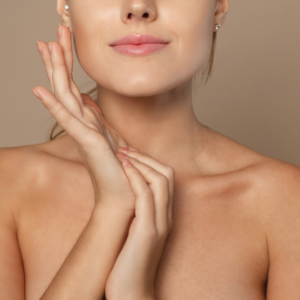
Discover a youthful lift without surgery. Learn how our thread lift at Bryn Mawr Dermatology can rejuvenate your appearance.
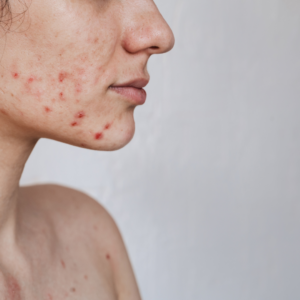
Struggling with acne scars? Discover the best dermatologist-approved treatments for smoother, clearer skin.
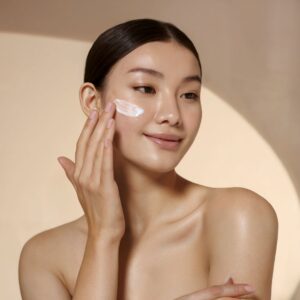
Looking to get your body summer-ready? Explore CoolTone and other expert treatments at Bryn Mawr Dermatology. Book your consultation today!

Looking to get your body summer-ready? Explore CoolTone and other expert treatments at Bryn Mawr Dermatology. Book your consultation today!

By: Bryn Mawr Dermatology, Published: July 27, 2022
Medically Reviewed By: Christine Stanko, MD, FAAD – June 25, 2024
For COSMETIC APPOINTMENTS:
For MEDICAL APPOINTMENTS: